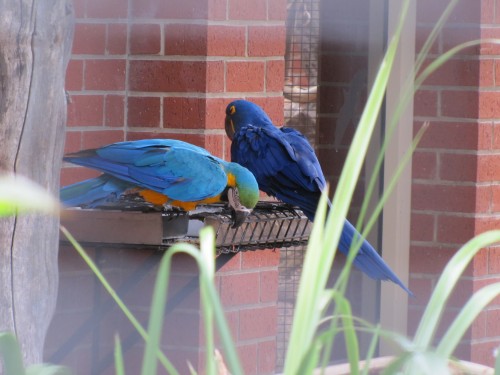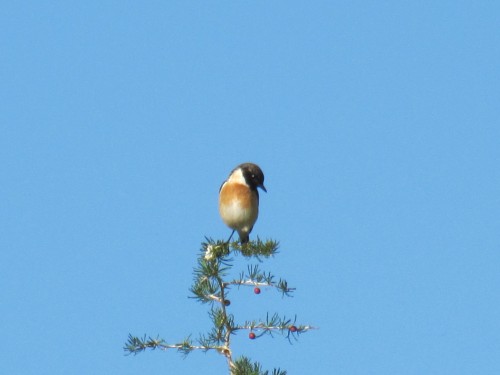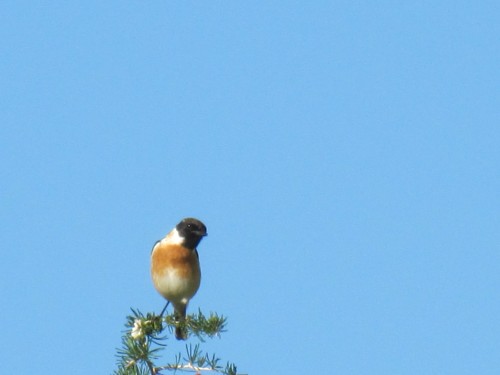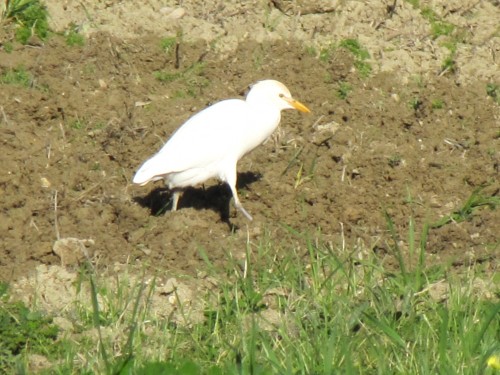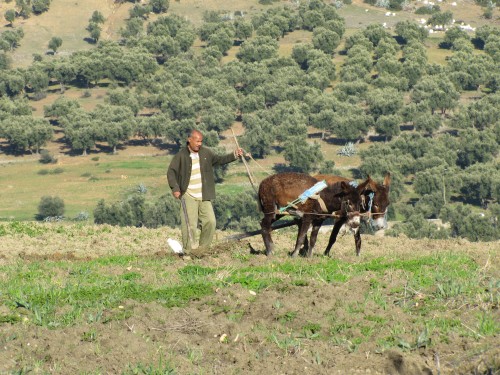Macaws in the Adelaide Zoo
My home zoo is Adelaide Zoo, along with Monarto Zoo which is a ten minute drive from home. One of the strengths of Adelaide Zoo is its bird collection, mostly of Australian birds.
The zoo also boasts a good collection of non-Australian birds, including several macaw species such as those shown in the photo above. The bird on the left is a Blue and Gold Macaw, while the other is an Hyacinth Macaw. Both of these spectacular parrots are native to South America.
Review: Birds of North America
Review: Pocket Guide to the Birds of North America, National Geographic, March 2013.
Authors: Laura Erickson and Jonathan Alderfer.
I have been birding in a number of countries other than Australia and have generally enjoyed my experiences. On all of my trips, watching and photographing the local birds was secondary to being a tourist. One continent I would love to visit someday is North America. I was with this background then that I looked at this Pocket Guide.
When I do undertake my first trip to America, this handy pocket sized guide will be an essential part of my packing. Literally compact enough to fit in a pocket, it will not take up much room or weight in a backpack when touring and birding. While a complete field guide to the birds of North America would have to cover over 1000 species, this handy little book covers only 160 of the “most common and iconic” species.

Aimed at inexperienced birders, children and those who don’t want to carry a larger, heavier volume in the field, this is an ideal beginner guide. I dare say it would easily stimulate a greater interest in birds in anyone who has this book, being thorough, colourful and very easy to use. To assist these people, a handy Visual Index of the main bird families is on the inside front cover with another Quick Find Index inside the back cover.
Introductory section
To help beginner and inexperienced birders, as well as those with just a passing interest in birds, a very readable introductory section covers the following topics:
- Invitation to birding
- Why learn Bird Identification?
- Where to find birds
- Optics
- Using this filed guide (including a simple illustration of the parts of a bird)
- Taking it to the next level
Species entries
Each species represented in this guide has a dedicated page to it with the following entries:
- Common and scientific names
- A small map showing distribution
- a photograph of the bird in a typical pose
- a small sketch showing the bird perching (and flying if there are identifying features on the wings)
- a Key Facts sidebar
- A short descriptive text (usually about 100 words)
Some family groups also have an additional double page spread illustrating a dozen or more other species not included in the guide. These include pages on raptors, ducks, and sparrows.
Rating: 5/5 – this guide successfully and beautifully achieves all it sets out to do.
All I have to do now is save up for a trip to America.
Good birding.
Disclosure: I would like to thank National Geographic for kindly providing a review copy of this book.
For more information about this book, click here.
Common Redstart, Volubilis, Morocco
On route from Meknes to Fes on our tour of Morocco we stopped to inspect the ancient Roman ruins of Volubilis. This was a wonderful introduction to the oldest structures my wife and I have ever seen. It was fascinating, made even more significant in that it was one of many UNESCO World heritage Sites we visited during our tour of Morocco and Spain.
Because the ruins are in the countryside with farmland all around, I managed to see a few birds – in between absorbing the experience of seeing these amazing ruins and taking heaps of photos.
One of the first species I saw was this Common Redstart, a new species for me, that is, it was the first time I had seen this species in my life. It posed nicely for me in clear view. On this leg of the trip I didn’t have a field guide to help me identify the birds I saw. I relied on taking reasobale photos of the birds I saw. It was only when I arrived back home in Australia that I was able to find out the names of the birds seen during this part of our holiday. I must say that some have been a little hard tracking down. Most, however, are covered very well by online sites with good photos. It has enabled me to wander down memory lane time and again as I look at my shots, and remember all the highlights of the trip – of which there were many.
Note: this article was updated and new material added on 12th March 2016.
Cattle Egret near Volubilis, Morocco
While travelling from Meknes to Fes in Morocco our guide asked the bus driver to stop briefly on the side of the road so we could take some photos. This was near the ancient Roman ruins of Volubilis. I’ll show photos of birds seen there in the coming days.
Across the road from our bus a farmer was ploughing his field using two donkeys to pull the plough. Donkeys were a common sight in both Morocco and Ethiopia. As the ground was tilled, several Cattle Egrets followed along, taking the opportunity to feast on worms and beetles and insects disturbed by the implement.
Mallards in Meknes, Morocco
During our tour of Meknes in Morocco we visited a beautiful golf course inside a fortress in the heart of the city. There was a large pond as a part of the landscaping of the golf course. I saw a few ducks on this pond, including several Mallards.
This was one species I didn’t see all that often in Morocco, but that probably just reflects the fact that our tour didn’t take us to many places where there was suitable habitat. Ours was more of a cultural tour; any birding was merely incidental. One day I hope to return and do more of an environmental tour, taking in natural habitats where the bird life is more prevalent.
There was another species of duck present, but I couldn’t identify it.
